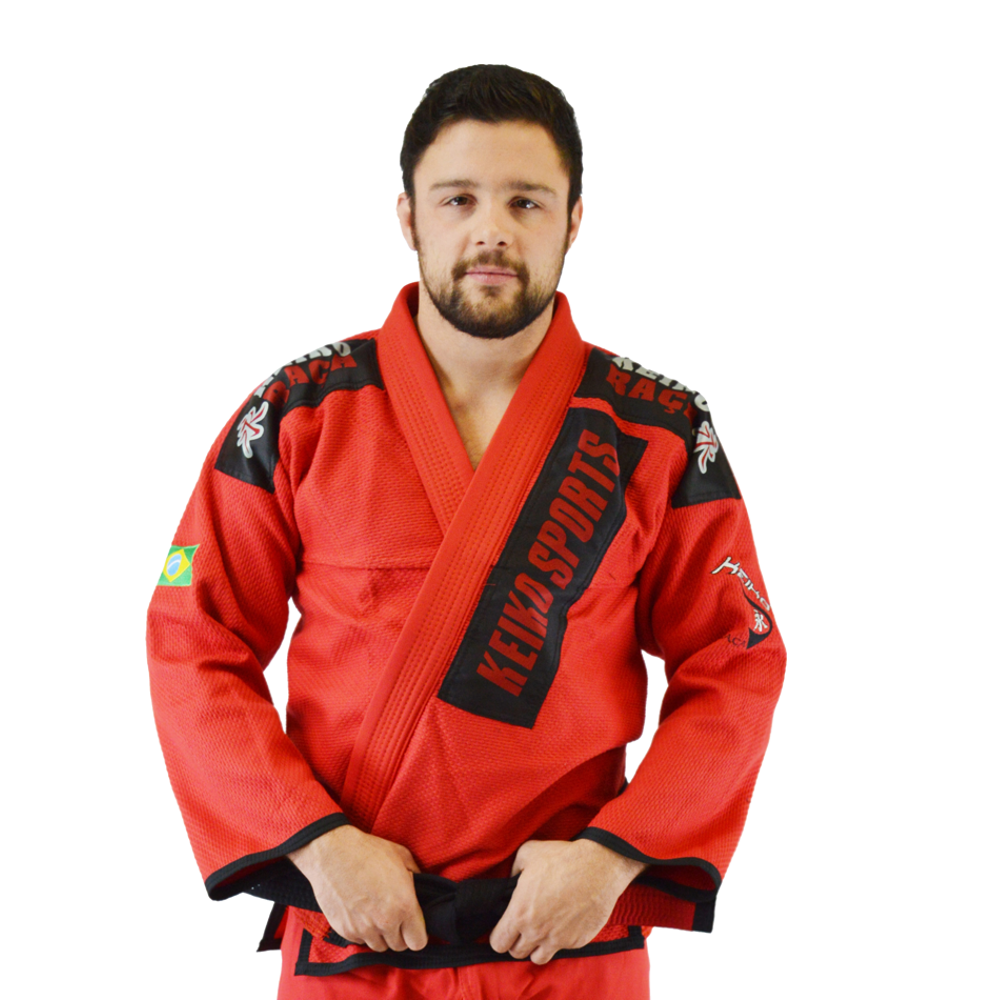
This image has format transparent PNG with resolution 1000x1000.
You can download this image in best resolution from this page and use it for design and web design.
Judogi PNG with transparent background you can download for free, just click on download button.
Judogi is the formal Japanese name for the traditional uniform used for Judo practice and competition.
A judogi is somewhat similar to a karategi as it shares a common origin. Jigoro Kano derived the original Judogi from the Kimono and other Japanese garments around the turn of the 20th century, and, as such, the judogi was the first modern martial-arts-training uniform. Over the years, the sleeves and pants have been lengthened, the material and fit have changed, the traditional unbleached cotton is now a bleached white, and blue Judogi have become available; nevertheless, the uniform is still very close to that used 100 years ago. Other martial arts, notably Karate, later adopted the style of training uniform that is used in Judo.
A judogi comprises three parts that are usually cut from different fabrics: a very heavy jacket (uwagi), lighter canvas pants (shitabaki), and a cotton belt (obi). Though similar to the shorter styles of kimono, an uwagi will invariably be made from heavy-weight cotton or cotton blend. All but the cheapest and lightest uwagi are cut from woven cotton, similar to, but much more tightly woven than, terrycloth. More expensive competition and hand-made judogi will often weigh several kilograms when finished. Due to the nature of judo practice, they commonly have heavier stitching and double-layered knee patches to provide durability. The obi's different colors denote the different ranks in judo.
In competition, judogi sizes and fit are strictly defined by the IJF rules of judo (see below). These rules define sleeve and pant length as well as the looseness of the fit; in competition, the referee can disqualify a competitor for wearing an ill-fitting judogi that may be used for advantage. In addition, various organizations and events oversee such matters as the attachment of commercial and team/national patches and competitors' names. All competitive judogi must be clean and free of holes, tears, or excessive wear.
In official national or international competition only white or blue judogi are allowed. Competitors must have available both colors because one contestant in each match is designated to wear a blue gi while the other wears a white gi. Most judo classes will permit students to wear either color, although white is the traditional color that is often preferred and white fits in better with the traditions of judo and Japanese culture. Less common colors, including red and black, can be found in less formal or specialized situations.
The left side of the gi must cross over the right one.
In this page you can download free PNG images: Judogi PNG images free download